The iPhone 15 May Get an Even More Powerful USB-C Port
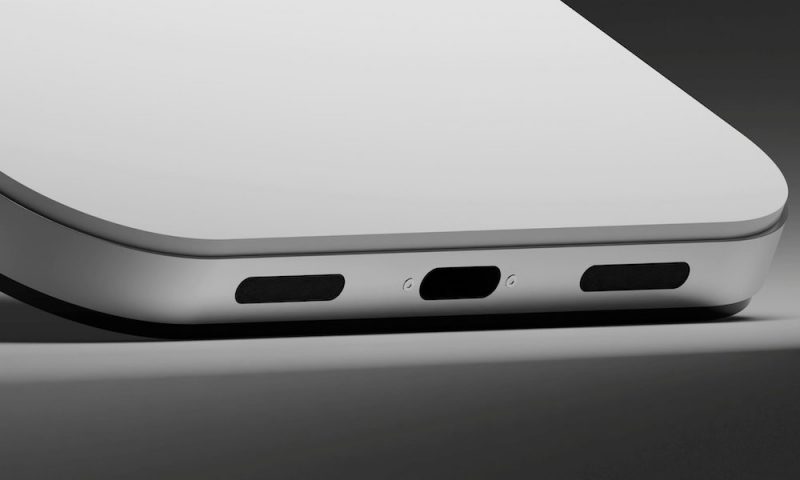
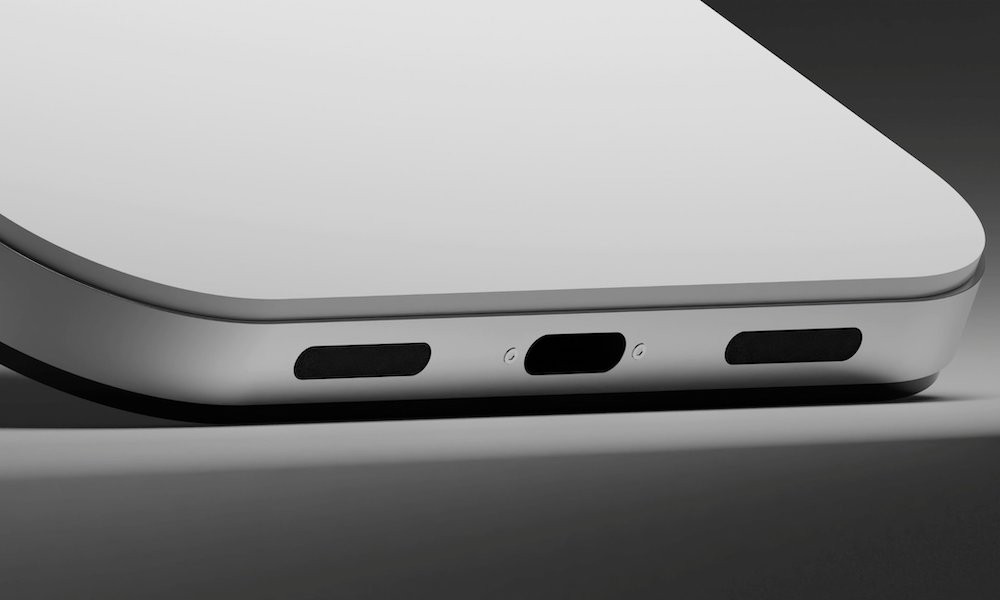 Credit: Apple_Tomorrow / Twitter
Credit: Apple_Tomorrow / Twitter
Over the past week or so, multiple sets of leaked photos have appeared, purporting to show iPhone 15 USB-C connector components. These include the port itself as well as several of the chips that would power the new connector.
Now, the folks at ChargerLAB have taken a closer look at these, along with another set of images sent to them directly, and discovered that one of the chips is designed to handle higher-speed Thunderbolt/USB4 data transfers.
In addition to the revelation of the iPhone 15’s port design, a mysterious IC is faintly visible behind the USB-C female socket. Upon magnification, it becomes apparent that this IC is a Retimer chip. This suggests that multiple models within the iPhone 15 series will support Thunderbolt/USB4’s high-speed 40Gbps data transmission.
ChargerLAB
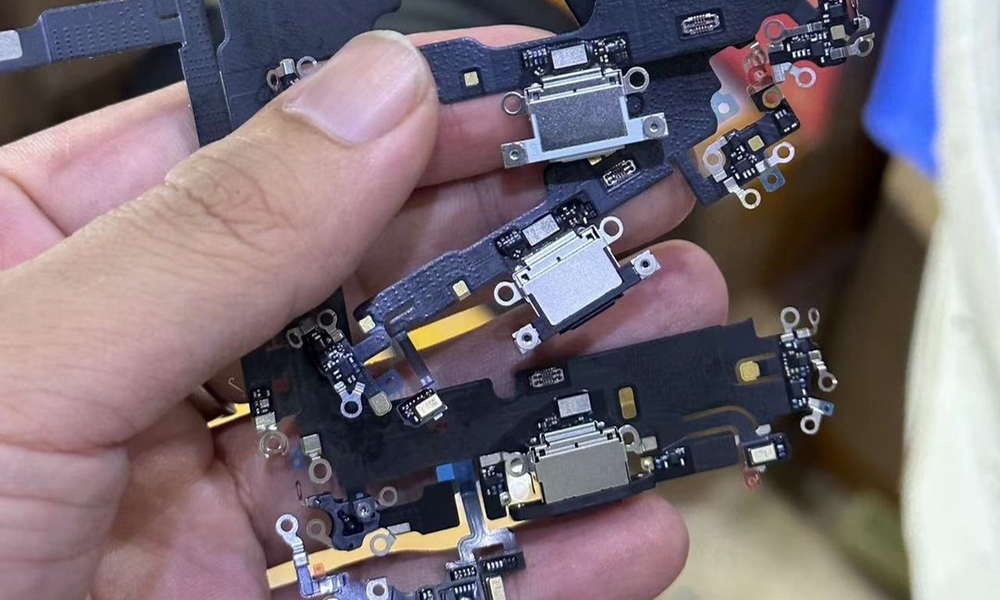
To be clear, there’s no conclusive evidence that the leaked photos actually represent components for the iPhone 15 lineup. However, if these are indeed photos of USB-C hardware for the iPhone 15 and ChargerLAB’s assessment of the mysterious chip is accurate, this will be a significant upgrade for this year’s iPhone lineup.
While Thunderbolt/USB4 won’t do anything for charging speeds, it does promise a significant improvement in data transfer speeds — theoretically up to 40Gbps, assuming other internal hardware components like the flash memory chips can keep up.
This higher-speed technology isn’t new to Apple products, but it would be the first time faster data transfer speeds have come to the iPhone. Apple has fully embraced Thunderbolt/USB4 as a minimum for its entire Apple silicon Mac lineup, with some higher-end models taking it up a notch to full Thunderbolt 4.
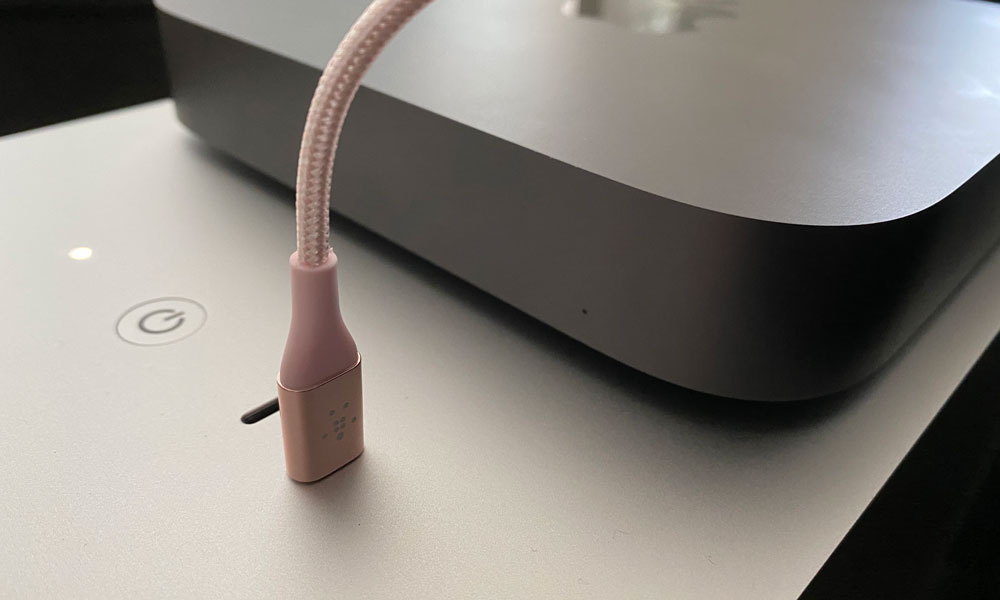
However, among Apple’s mobile devices, only the iPad Pro lineup uses the newer and faster port technology. The iPad Air has a USB-C 3.1 Gen 2 port that caps out at 10Gbps, while even the latest standard iPad still plods along with a 480Mbps USB-C 2.0 connector.
That’s the same USB standard speed as Apple’s Lightning port, even on the latest iPhone 14 Pro models — and it’s remained unchanged since Apple switched to Lightning with the iPhone 5 in 2012.
Those speeds have traditionally been fine for most iPhone users, especially in an era when relatively few people plug into their computers to transfer data, however, that changed significantly for some folks two years ago when the iPhone 13 Pro brought ProRes video recording to the table.
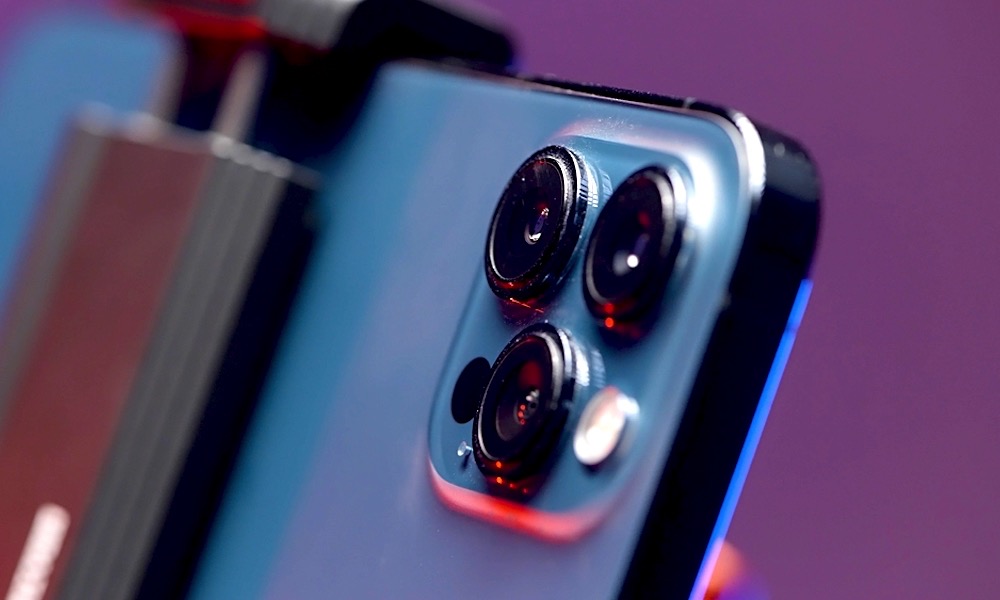
Suddenly, an iPhone could record and store ginormous video files — up to 7GB for a single minute of 4K video shot at 30 frames per second (fps). That’s likely a key reason Apple added a 1TB model to the lineup, but sadly it didn’t do anything to help folks get those massive videos off the iPhone and onto a computer for archival or editing purposes. At USB 2.0 speeds, a five-minute 4K/60fps ProRes recording could easily take 15 minutes or more to transfer.
While many hoped that the switch to USB-C would bring faster transfer speeds, that’s not a requirement of the port, as evidenced by the 10th-generation iPad. However, even USB-C 3.1 Gen 2 can offer up to a 20X boost in wired transfer speeds, and Thunderbolt/USB4 promises to at least double or possibly even quadruple that, although the exact improvement will depend on several other variables.
What’s particularly interesting is the possibility that Apple could add Thunderbolt/USB4 across the entire iPhone 15 lineup instead of limiting it to the iPhone 15 Pro and iPhone 15 Pro Max. ChargerLAB notes that the leaked photos include USB-C hardware for three models: the iPhone 15 Pro Max, the iPhone 15 Plus, and the iPhone 15. While the iPhone 15 Pro is missing from that list, it’s inconceivable that it would be the exception; it’s more likely that the leaker’s sources couldn’t provide photos of components for all four iPhone models.
While it’s not out of the realm of possibility, seeing Thunderbolt/USB4 appear on the iPhone 15 and iPhone 15 Plus would be a surprising bonus. On the iPad side, Apple only brought Thunderbolt/USB4 to its Pro models, and that would seem to make even more sense for the iPhone, where the ProRes video recording and larger ProRAW image formats that necessitate faster transfer speeds are exclusive to the Pro lineup.
[The information provided in this article has NOT been confirmed by Apple and may be speculation. Provided details may not be factual. Take all rumors, tech or otherwise, with a grain of salt.]







